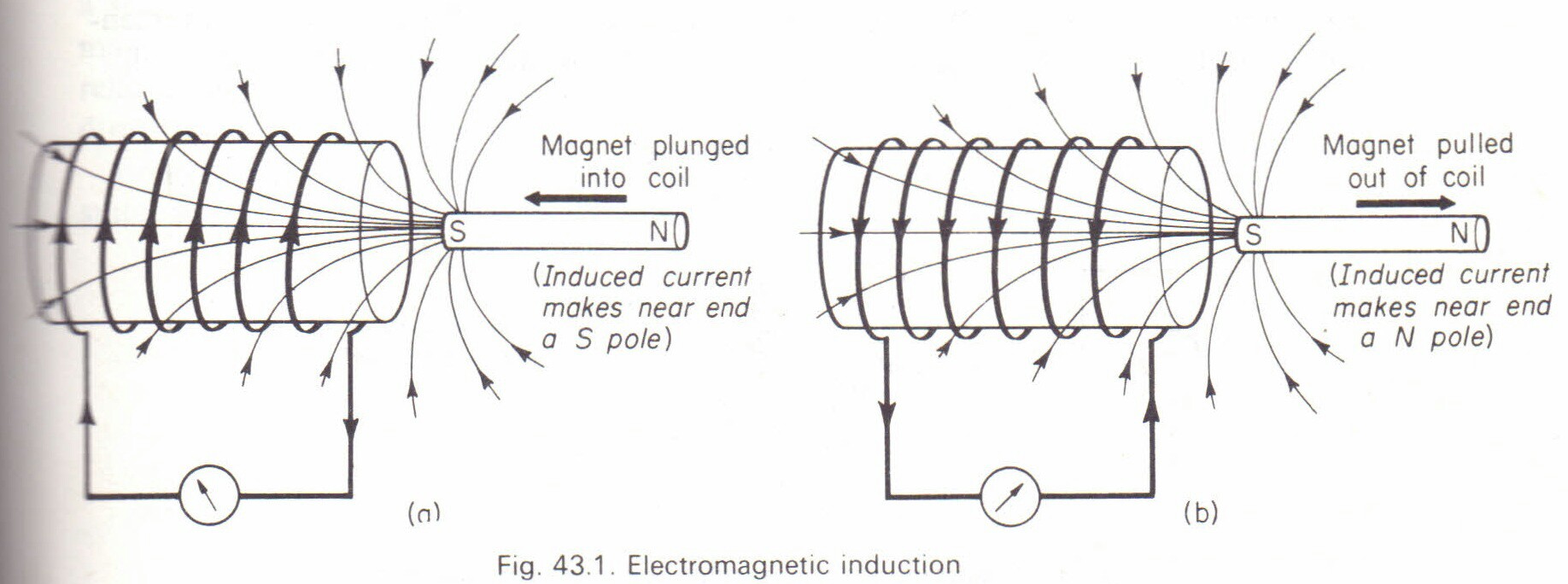Few days back my friend asked me that what will happen if we take the solenoid magnet assembly in space, can we generate infinite electricity with that way.
Let me display the experiment assembly :
One solenoid made with superconducting material (neglect any side effect) and wires. One magnet. And space ( chosen because we want the assembly to be free of outer forces and other disturbing factors) 
He said that if we give just one push to the magnet to make it near the solenoid so as to increase and hence change the magnetic flux. Then according to Lenz law solenoid will develop similar pole as that of magnet to repel it. Then due to repulsion magnet will move away and that again flux will change as magnet moves away due to repulsion - this would decrease flux and solenoid develops opposite pole according to Lenz rule and so on
This can create indefinite amount of electricity.
I explained the fact by saying that it is the same energy you gave initially circulating as mechanical and magnetic. ( the solenoid will do negative work when magnet moves away)
But a slight modification in this experiment is confusing me. Consider the same assembly but an extra lamp (bulb) included in the circuit. Now the energy first stored will change into light energy (you can choose any such power dissipating item in its place, if necessary) hence every time the current flows, it will lit up the lamp but this will not stop attraction and repulsion occurring (i suppose)
Is conservation of energy law violated?
